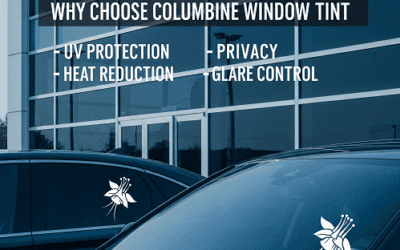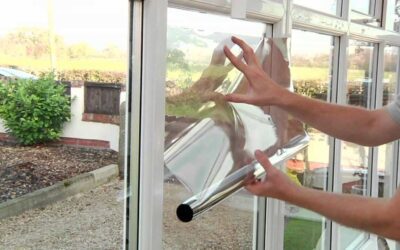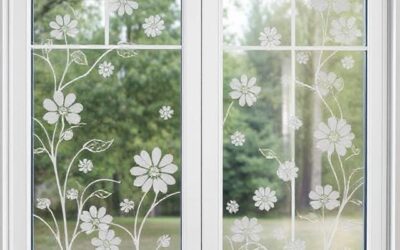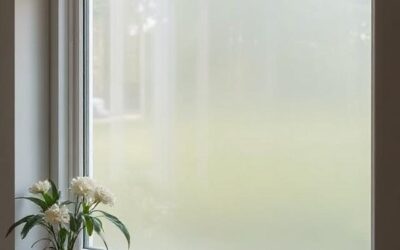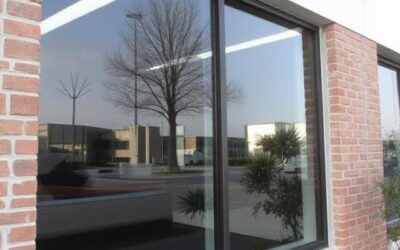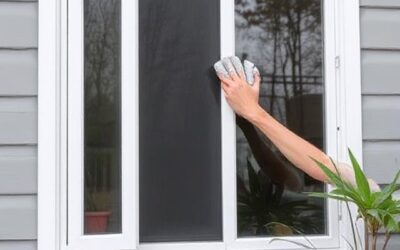Open-concept homes offer a sense of openness, making rooms feel larger and more inviting. Large windows are often a defining feature, allowing natural light to flood the space. However, these expansive windows come with challenges such as excessive heat, glare, lack of privacy, and UV exposure.
Window films provide a way to enhance comfort while preserving the benefits of natural light. They help regulate indoor temperatures, reduce glare, protect furniture from sun damage, and increase privacy without the need for heavy curtains or blinds.
Maintaining Natural Light While Enhancing Privacy
A key challenge in open-concept homes is finding a balance between natural light and privacy. Traditional window coverings can block sunlight, making rooms feel dark and enclosed. Window films offer an alternative by allowing light to pass through while preventing outsiders from looking in.
Balancing Transparency and Seclusion
Privacy films come in various options, from lightly tinted films that obscure views from outside to completely opaque films that block visibility entirely.
Frosted and Decorative Films for Living Areas
Frosted films allow sunlight to pass through while blurring visibility. These are ideal for areas where complete privacy isn’t necessary but a degree of separation is desired.
One-Way Mirror Films for Daytime Privacy
One-way mirror films reflect light on one side while maintaining visibility from the inside. These are effective during daylight hours, preventing outsiders from seeing in without affecting the view from indoors.
Temperature Control for Year-Round Comfort
Large windows can lead to indoor temperature fluctuations, making certain rooms uncomfortably hot in the summer or too cold in the winter.
Managing Heat Gain During Summer Months
Solar window films reduce heat absorption, blocking infrared rays that cause indoor temperatures to rise. This keeps rooms cooler and reduces the strain on air conditioning systems.
Insulating Films for Winter Efficiency
Some films provide insulation by trapping heat indoors during colder months. This helps maintain a comfortable indoor temperature while reducing heating costs.
Reducing Energy Costs with Window Tinting
By controlling heat transfer, window films contribute to lower energy consumption. Heating and cooling systems work more efficiently, resulting in long-term savings on utility bills.
Reducing Glare Without Blocking Outdoor Views
Bright sunlight can create glare, making it difficult to work, watch TV, or use screens comfortably. Window films minimize glare while maintaining a clear outdoor view.
Common Issues Caused by Excessive Sunlight
Direct sunlight can make it hard to focus on screens, cause eye strain, and create an uncomfortable indoor environment.
Anti-Glare Films for Media Rooms and Workspaces
Anti-glare films reduce brightness while maintaining a natural daylight appearance. This is especially beneficial for home offices, media rooms, and living areas.
Creating a Comfortable Indoor Environment
With glare reduction, interiors remain bright without being overpowering, enhancing comfort for everyday activities.
UV Protection for Interiors and Furnishings
Extended sun exposure can cause fading and deterioration of furniture, flooring, and décor.
Preventing Furniture and Flooring from Fading
UV rays break down materials over time, leading to discoloration and weakening of fabrics, wood, and paint. Window films block up to 99% of UV rays, extending the life of interior furnishings.
Protecting Artwork and Décor from Sun Damage
Priceless artwork and decorative elements are particularly vulnerable to UV exposure. Applying window films prevents fading, preserving their original appearance.
Health Benefits of UV-Blocking Window Films
UV exposure is a known cause of skin damage and an increased risk of skin conditions. Window films provide an added layer of protection for those who spend long hours near windows.
Different Types of Window Films for Open-Concept Homes
There are various window film options, each suited to specific needs.
Solar Control Films for Climate Efficiency
These films block heat and UV rays, helping regulate indoor temperatures while maintaining a bright interior.
Decorative Films for Added Aesthetics
Decorative films offer stylish designs, patterns, and frosted finishes that enhance interior aesthetics while providing privacy.
Smart Tinting Solutions for Adjustable Privacy
Smart films use advanced technology to switch between transparent and opaque modes, allowing customizable privacy settings at the touch of a button.
Choosing the Right Window Tinting Solutions
Factors to Consider Based on Home Design
The choice of window film depends on window placement, natural light preferences, and the level of privacy required. South-facing windows may need stronger heat control films, while rooms facing neighbors might require privacy-enhancing options.
Professional Installation vs. DIY Application
While some window films can be installed independently, professional installation ensures precision, durability, and longevity. Experts assess specific needs and recommend the best solutions.
Long-Term Maintenance and Durability
Most high-quality window films last for years with minimal maintenance. Cleaning with non-abrasive solutions ensures clarity and effectiveness over time.
Conclusion
Window tinting provides an effective way to maintain the open, airy feel of modern home designs while addressing privacy, comfort, and energy efficiency. With various options available, homeowners can select films that enhance both aesthetics and functionality, ensuring a comfortable living environment all year round.

